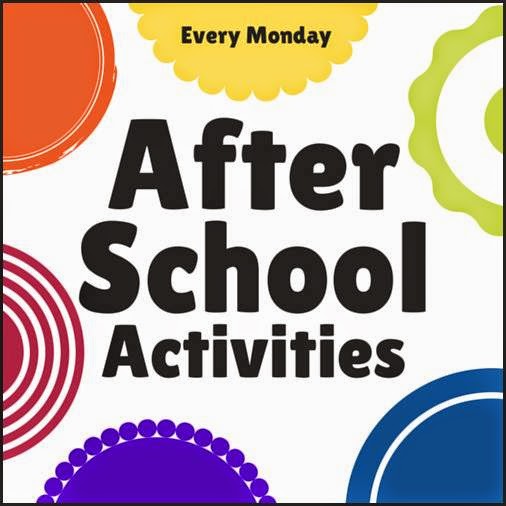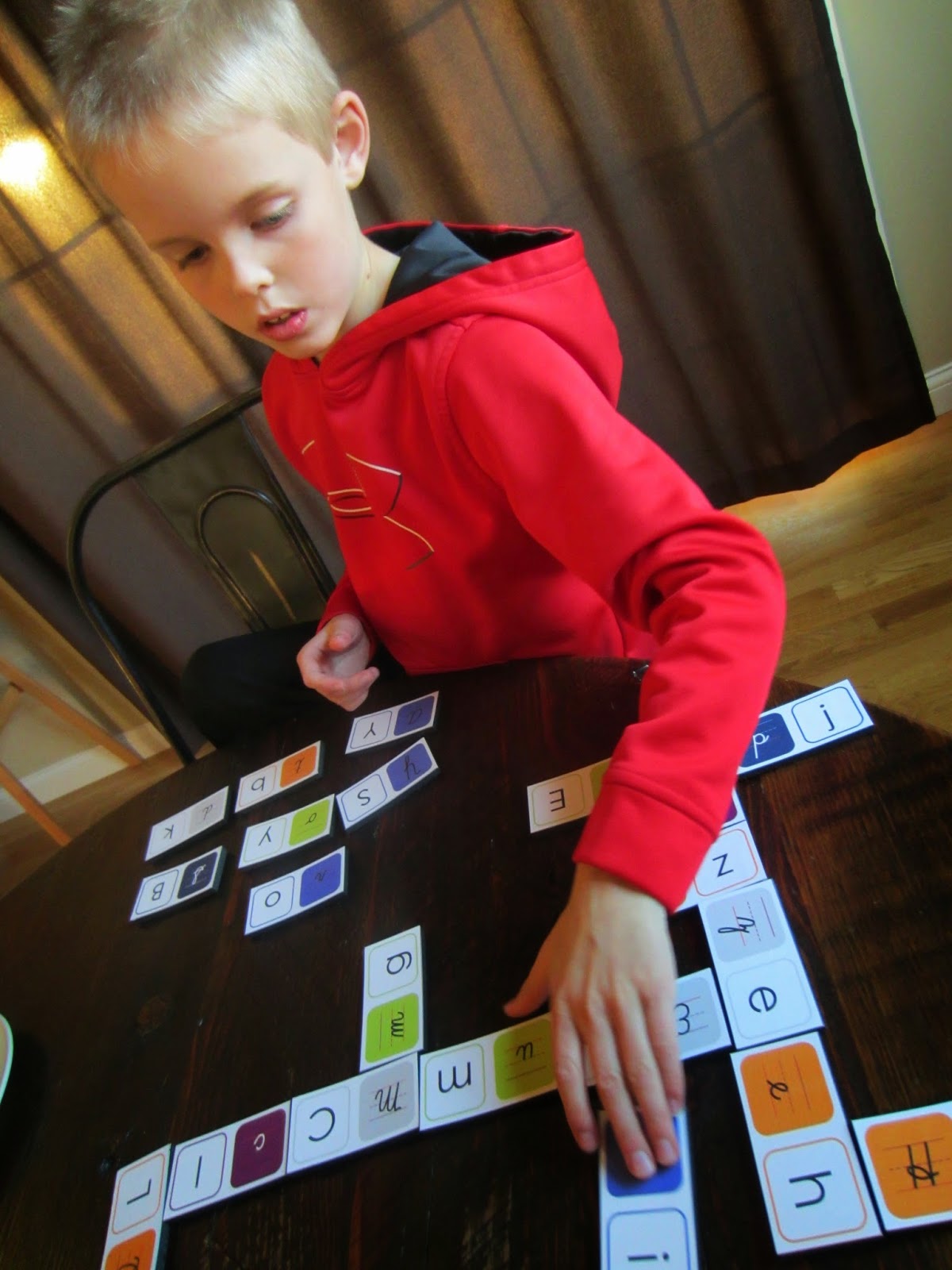My boys and I had a lot of fun learning about Leonardo da Vinci, Renaissance painter, engineer, musician, etc. Our lesson consisted of three simple activities.
Normally, my oldest son groans when I even mention art,
but this time I promised him that although we were learning about a legendary
artist, we wouldn't be making any of our own. He was game.
To start we read a phenomenal book by Jean Fritz.
Leonardo's Horse provides some great background on the artist and then discusses
the bronze horse commission he died still dreaming about. It goes on to share
how Leonardo's unfinished work became the purpose and wish of Charles Dent, an
airline pilot and art enthusiast, who intended to finish da Vinci's work from
500 years earlier. The book was a little advanced for our five year old, but
the nine year old was positively enthralled.
No. 1 Backwards Writing
One of the phenomenal facts shared in Fritz's book was
that Leonardo could write backwards, from the left side of the page to the
right, making it nearly impossible to read without a mirror.
For my oldest son's first activity, I gave him a list of
da Vinci facts with the writing inverted left to right. Download the 1-page PDF here.
At first he was confused. "I can't read this. It's in another language!" But upon further study, he realized what it was, so he quickly ran to the mirror.
At first he was confused. "I can't read this. It's in another language!" But upon further study, he realized what it was, so he quickly ran to the mirror.
No. 2 Studying Body Proportion
Leonardo was fascinated with the anatomy of the human body
and its proportions. I showed my sons the picture of his Vitruvian Man in Fritz's
book. Then I grabbed a measuring tape. I asked my oldest son to hold his arms
straight out from his sides. My youngest son measured his brother's arm span
from finger tip to finger tip. Now we measured his height. The numbers were the about same!
Another marvel of the human body is that our feet are the
same length as the distance between our elbow and our wrist. The boys are
pretty flexible and so the measuring tape was not needed to see that in fact,
your foot fits perfectly in that space!
No. 3 Chocolate Casting
Since a fair portion of Fritz's book talks about the
process of bronze casting, I thought it would be fun for the boys to have their
hand at it … but with chocolate. First we filled a small plastic container with
brown sugar and packed it down tight. Then we pressed some square candies (sort
of like Starburst) into the sugar to make a mold.
Before we inserted them, we added toothpicks to make them
easier to remove. When pressing down, we applied pressure to the the square
candies (not the toothpick as it would have poked right through) until the tops
of the candies were level with the sugar. Lastly, we melted chocolate chips on
the stove in a double broiler and poured it into the cavities left by the removed
candies.
After a short time in the refrigerator, we removed our
chocolate squares and dusted off the extra sugar. Then we popped them in our
mouths. YUM.
This was a fun - and delicious - exploration of one of
the most phenomenal minds of the Renaissance.





















































